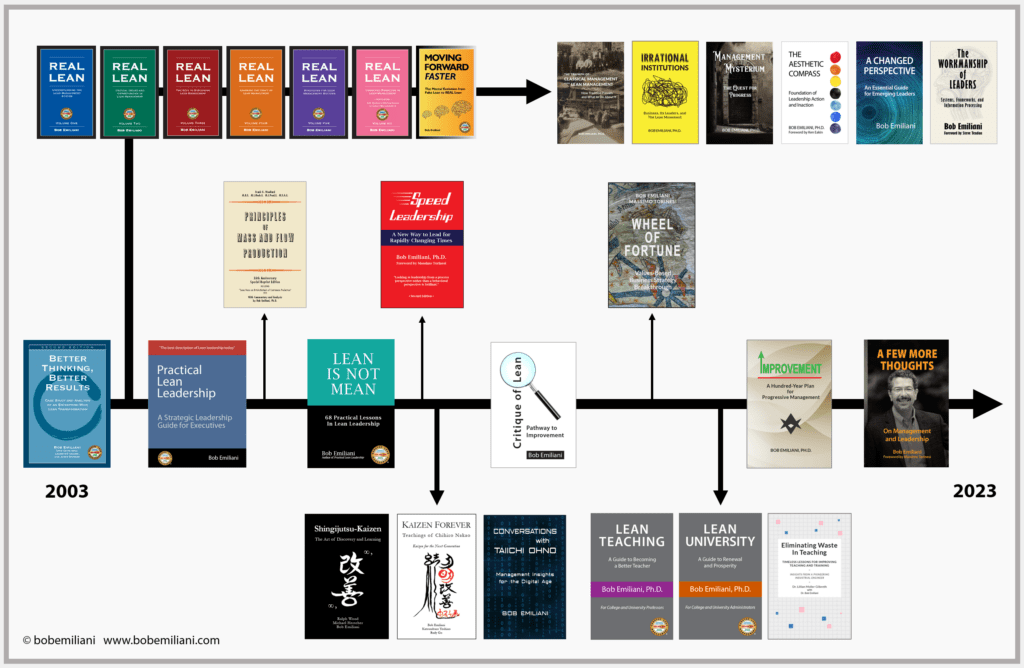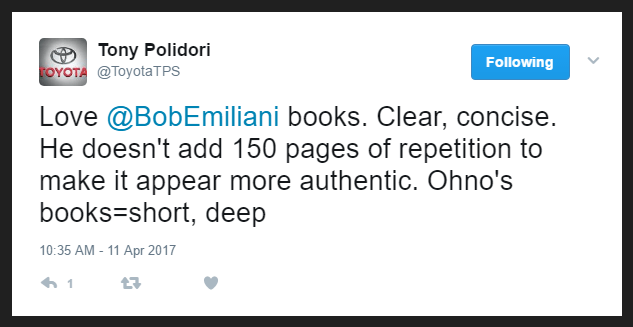Having written 28 books in 20 years, prospective and current authors might be interested in my tips for writing and publishing, and doing it all at low cost. I hope you find these tips helpful. They are partly the result of over 40 years of professional writing, graphic art, and publishing experience.

1. If writing is difficult for you, don’t bother trying to write a book. Or, find a collaborator or ghostwriter. It is good practice to give author credit to anyone (in my view, even ghostwriters) who contributes significantly to writing (that includes specialists in rewriting author’s work). To not acknowledge them as coauthor(s) misrepresents your work to readers.
2. Writing is a creative activity. You must be inspired and highly motivated. If not, don’t bother.
3. If you have nothing new or original to say, or have no deep insights, analysis, or novel analytic method, do not bother writing a book. Someone else, perhaps many others, have already said what you intend to say.
4. The subject you write about should be focused, not expansive. Focused works (such as monographs, which is what I typically create) are more concise reads with fewer pages. Non-academic audiences appreciate 150-200 page books far more than 400 or 500 page books.
5. You must do a lot of formal research, possibly years of research prior to starting to write. Your work experience and Google searches are useful but they do not constitute formal research and are insufficient. When writing, cite your sources as needed using Harvard or other style for references. This helps readers understand your sources of information, follow your thinking, and allows reading to go find your sources so that they can study them as well. A bibliography is not usually needed in a book.
6. You must be the type of person who has a lot of ideas – an overflow of ideas – able to connect ideas, and able to logically sort through and clearly present ideas. Good writers synthesize many ideas to create something new – hopefully, many new things.
7. Set up a Microsoft Word document using a book layout format (headers, footers, left- and right-hand mirrored margins, etc.) with a standard trim size such as 5.5×8.5 or 6×9 inches.
8. The writing process can proceed in different ways: a) Just start writing whatever comes most easily, b) Draft an outline the way you were taught in school, c) Create a Table of Contents, or d) Create a PowerPoint outline (storyboard method).
9. You do not have to write in chapter or outline sequence. Begin writing with your most highly developed thoughts wherever they may lie within the outline, Table of Contents, or storyboard. Continue your research as you write because you will discover important new thoughts or ideas to include in the manuscript. Typically, there are lots of last-minute additions.
10. Once you start writing, write every day for as long as you can productively do so until you have completed the manuscript. Do not take days, weeks, or months-long breaks in writing. You need focus and flow.
11. Write in a more formal language, not casual language. Avoid colloquialisms and especially clichés. Use an online thesaurus and dictionary.
12. Backup you book manuscript file every few minutes. And backup all files (i.e., text, image files, source materials, etc.) to the cloud at least daily, and to an external drive or two to make sure you do not lose your work. Lost writing is almost impossible to reproduce!
13. Most people write too many words resulting in too much repetition and too many pages. Try to be clear and concise. Say what you need to say in as few words as possible.

14. I love writing endnotes. There, I say things that either elaborate on the text, that do not fit the flow of the text, or just to add some interesting thoughts, ideas, or insights. I receive a lot of feedback from readers that they find my endnotes highly informative.
15. Every day or so, print out your work and edit it. This is important because writing reads differently on printed pages compared to a computer screen. Over the weeks or months, you will edit the manuscript many (10-15) times to be more precise in your language and certain of your meaning. There should be a lot of red ink for corrections.
16. Creating your own book cover and images with graphics software (e.g., Adobe Illustrator) is a fun challenge and saves you a lot of time and money. Create as many images, charts, and tables as you can, as is appropriate to the subject matter. Use bullet points when necessary, but do not forsake narrative if that is the better choice.
17. Avoid using color images because it increases printing costs. Use color only if it is truly necessary.
18. Have a few people review your manuscript. Ask them to look for major errors in logic, concepts, data, etc., for their overall impression and value of the work, and to provide honest feedback. All feedback should be very carefully considered. Generally, you will incorporate about 75 percent or more of the suggested changes.
19. If you are not a good writer, hire a copy editor to edit your manuscript or use Grammarly. Do not ask manuscript reviewers to do that.
20. If your writing is good, input your text to a draft Gmail message. It will highlight errors in spelling, grammar, and missing words that MS Word did not find. Make additional corrections.
21. Also, If your writing is good, save your near-finished MS Word manuscript as a .pdf file and have Adobe Acrobat read it back to you, page by page, with red pen and printed manuscript in hand, to find and correct any remaining spelling, grammar, and syntax errors.
22. Decide if you should seek a traditional publisher or self-publish. Traditional publishing companies are slow and often difficult to work with. Editors may force you to make changes you don’t like, make changes without telling you, not make changes, or forget your change requests prior to publication (slips through cracks in the publisher’s process). Also, publisher’s contract terms are generally very unfavorable to new authors. They extract 90 percent of the profits from your work and usually won’t market your book very well. Self-publishing is very easy to do (there are many choices), sales and distribution are conveniently handled by 3rd parties (I use Amazon KDP), and royalties are 5 to 20 times higher. More importantly, you control all content. See my blog post, “Why I Self-Publish.”
23. If you self-publish, the task of marketing your work falls entirely to you (and perhaps your network of colleagues and friends). The usual routes are social media, conferences, consulting engagements, podcasts, etc.
24. If you self-publish, be sure to formally secure your copyrights soon after your book is published (wurth the Library of Congress in the United States, for example). If your work with a major publisher, you will likely be required to assign your copyright to them.
There you have it. Good luck!
P.S. Click here to learn my “Lean writing” method that I used from 2007 to 2010. There have been so many big and small changes since then. Continuous improvement, always!

